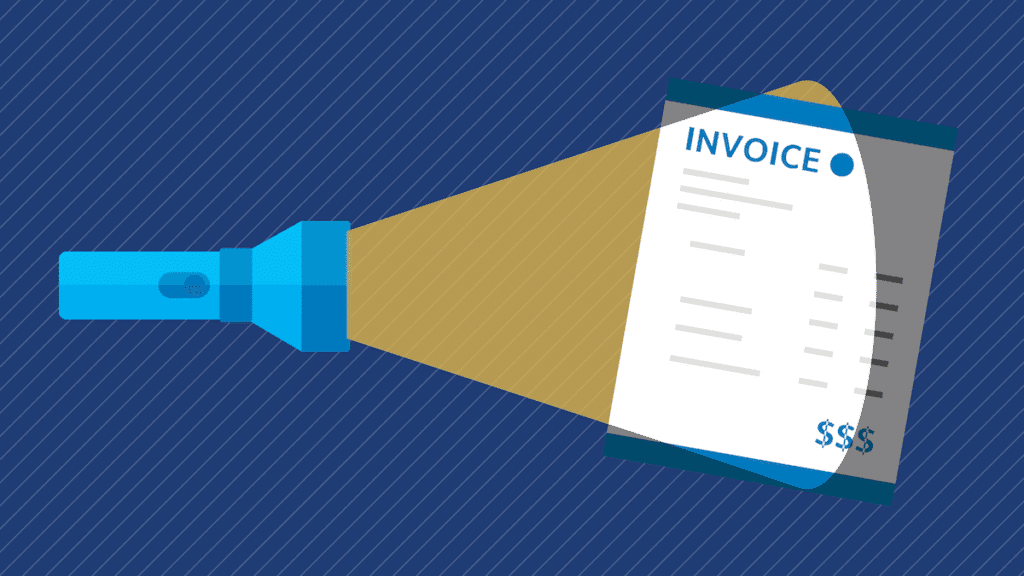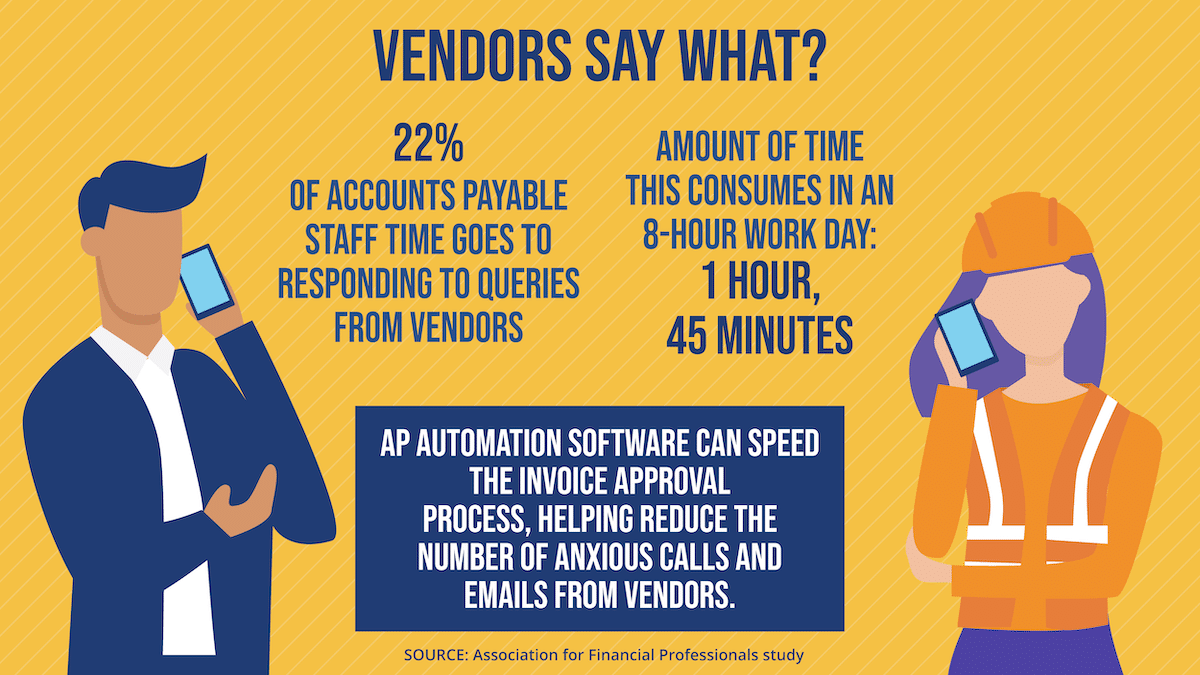Accounts Payable Organization 101: Shining a Light on Your Team

Accounts payable teams have more on their plates than ever before. And in this climate, some companies are evolving while others aren’t.
There can be repercussions for AP departments that fail to keep up: questionable efficiency, low transparency, and rife potential fraud. Hundreds, if not thousands of invoices might get processed in one of these departments every month, but sometimes, there’s no telling how complicated a path each might follow to approval or where problems are likely to arise.
On the bright side? It’s easier than ever to get away from old, inefficient ways of doing things for AP departments and to build toward better futures.
For anyone who’d like to create a more organized accounts payable team or department, join us as we explore some of the basic roles that accounts payable workers handle and how tools like AP automation software can help take things to the next level.
Three Fundamental Functions for Accounts Payable Teams
Whether part of large, multinational corporations or small mom-and-pop shops, there are a few essential roles that most AP departments will – or at least should – handle in some capacity.
Responsibility No. 1: Paying Bills and Managing Invoices
At their most basic level, AP departments exist to pay every valid bill that reaches a company from one of its vendors or suppliers and to manage invoices every step of the way through B2B payments. That’s the core job for any accounts payable specialist, even if the work itself is becoming increasingly nuanced.
In addition, many AP clerks are expected to handle a variety of duties from the point that goods are procured to when they’re received and bills are paid. These workers are often expected to track invoices, to match the bills with receipt reports and purchase orders to ensure goods were received, and to make sure that AP records are in order for both scheduled and unplanned audits.
Function No. 2: Vendor Relations

It’s worth noting that some of the queries are self-perpetuating, too. AP departments that are still primarily processing invoices manually need far more time to do it, which leads to anxious calls or emails from vendors, which further depletes already scant staff time.
Function No. 3: Error and Fraud Monitoring
Someone has to keep an eye out for signs of fraud – which has been magnified throughout the COVID-19 pandemic and recession – and this duty has been falling more to accounts payable organization members in recent years. AP specialists are often a company’s first and sometimes only defense against corrupt staff or outright criminals.
AP workers don’t just have to watch out for fraud these days, but also chase down approvals. Seamless processing is the goal, but all too often, companies fall short. Sometimes, too, as PYMNTS.com noted in June 2020, exceptions can arise because of industry-specific knowledge needed to clear invoices.
Businesses can protect themselves by flagging suspicious transactions. As we’ll explore in a bit, they can also use AP automation software with artificial intelligence robots that do this. One example is Stampli’s Billy the Bot which is “smart enough to automatically assign approvers and prevent duplicate invoices.”
How to Optimize the Accounts Payable Organization in 2021 and Beyond
It’s not enough these days just to have an understanding of what accounts payable does. Here are a few organizational hacks to streamline efficiency and push for better AP outcomes.
Centralize AP and Segregate Duties to Reduce Fraud Risk
Often, all it takes for B2B fraud to occur is an unscrupulous individual willing to operate clandestinely or with entirely too much trust placed in their hands.
PYMNTS.com noted in February 2021 that Arizona businesses had faced $1.2 million in fines after their payroll vendor embezzled from them. In a separate case, another individual pleaded guilty after racking up $165K in unauthorized charges on their boss’s credit card. Meanwhile overseas, a fraudster scammed companies in four countries out of more than $520K in bogus B2B payments.
Bad things happen in the dark in business and particularly within accounts payable. A better bet is to shine a light and bring AP out of the shadows. Give it a prominent, central role within your company. And don’t make B2B payment and other AP duties reliant on a single rockstar employee, as even the best of workers can become overwhelmed with invoice volume which can open the gate to errors or potential fraud.
Collaborate More With Your Top Stakeholders
Certainly, the working world is becoming more collaborative, with one author noting in January 2020 that 20 years ago “to be productive, the prevailing belief was that you needed to occupy the same space as your entire team. Today, that’s not the case.” And that was written before the onset of the COVID-19 pandemic made many accounts payable teams fully remote.
Steadily increasing AP automation adoption rates also enable more collaboration in the accounting space, both for internal personnel and for vendors. Communication tools embedded in the automation software make it easy for everyone to stay on the same page.
Push for Real-Time Data
As noted earlier, bad things happen in the dark in accounting. In a January 2021 research study between PYMNTS.com and an industry partner, 22% of businesses surveyed cited a lack of real-time access to payment information as a source of friction for them. “That lack of access to data is exacerbating other challenges, from managing vendor relationships to reconciling receivables,” PYMNTS noted.
Better and more quickly-available data can lead to tighter accounts payable team work and stronger organization. It can also help accounts payable organization leaders rapidly deploy process improvements and shift gears from any practices that aren’t working optimally.
Automate Your AP Operations
The high points of AP automation are getting to be well-known at this point in the payables space, with automation able to:
- Dramatically speed invoice processing;
- Boost record preservation;
- Keep companies prepared for audits.
Automation can also offer subtler, but still important benefits, such as helping to integrate accounting and ERP systems and offering cleaner workflows. At the end of day, too, AP automation software can provide enough of an efficiency boost to more than pay for itself and boost profits.
Bottom line, if a business wants an optimally-organized AP operation, it probably needs to be automated these days. Best-in-class companies still doing their accounting manually are succeeding in spite of this, not because of it.
How to Start Automating AP Immediately
Perhaps some companies might feel stuck with paper-based processes. But shifting to automation is easier than they might think.
Within days, AP automation partners such as Stampli can begin to implement solutions for the companies that they work with. They’ll help to get necessary team members quickly trained up on easy-to-use platforms, upload existing financial records into the system, and remain ready to offer technical support.
Many companies still suffer unnecessarily from a lack of accounts payable organization. But with the help of partners like Stampli, those days can be a thing of the past.
Stampli helps accounting departments become more organized with AP automation. Come see the Stampli AP automation approach today.




